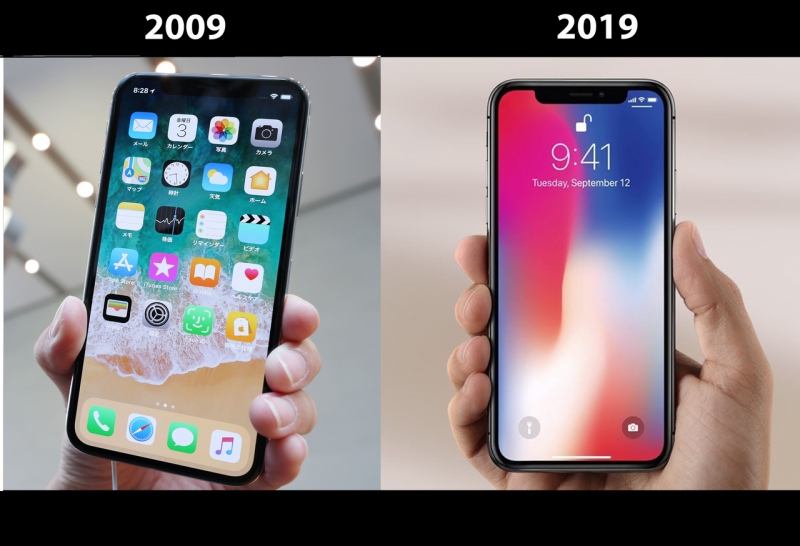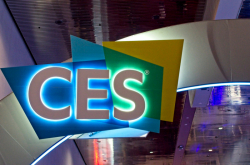Smartphones
The smartphone market has changed dramatically over the last ten years. In 2009, Apple had already released iPhone 3GS. Among other giants were Nokia and HTC, which have lost their former glory by 2019. Samsung and Android had not yet seen their heyday, though even back then, Android was gradually picking up steam. The entire 2009 went under the sign of Android: in just one year, the number of devices on this platform had grown from one to 50.
Nokia has lost its place among the world’s top smartphone manufacturers, while a mere 12 years ago, in 2007, the company was at the zenith of its success. A couple of years ago, Nokia sold the mobile division to Microsoft, but then it introduced its revival and even announced a new flagship device Nokia 9.
The past decade also marked the emergence of the first flagship Android phone, Samsung Galaxy S, released in 2010. Based on expert estimates, in 2010, Android phones were not very appealing, as they suffered glitches and some serious storage issues. Galaxy S with its stunning design, large screen, good camera, and the quality of sound became the best Android smartphone of the 2010s and the only opponent to the already popular iPhone.
Today’s smartphone market is dominated by two companies, Apple and Samsung. By 2019, smartphones have learned to make professional photos, work with 3D objects, VR, and create their own ecosystems by syncing with other devices. You can use your phone to pay in stores or track your relatives’ location. Many professional photographers and bloggers prefer smartphone cameras to big professional ones.
Watches
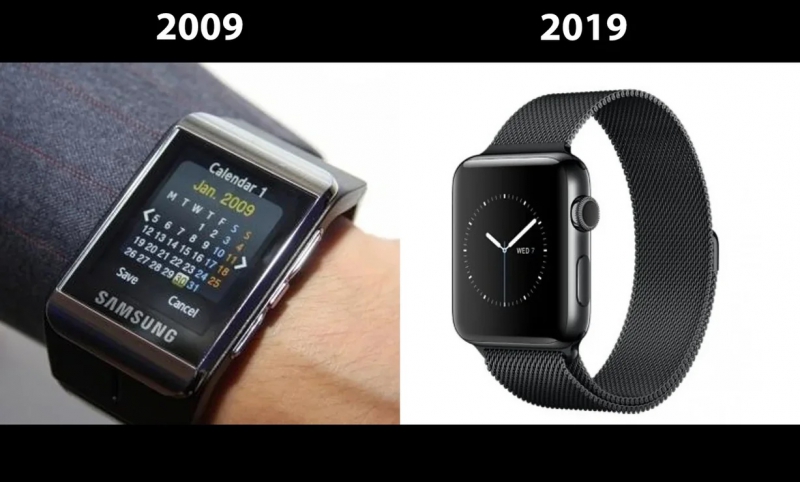
Today, there are several interesting models of smartwatches on the market. However, what is remarkable about these devices is that the idea isn’t new; the first electronic digital watch was the 1972’s Pulsar.
In 2009, Samsung released its watchphone Samsung S9110, which was not very successful. Around this time, there emerged watches equipped with a calculator, for example, Casio Databank, which also allowed data storage for names and telephone numbers, memos, email addresses, in addition to the standard features of a digital watch.
Today, in 2019, the smartwatch market is witnessing a phenomenal growth. It is much harder to choose the best device than ever before. However, the real difference is that today’s smartwatches are really smart: they can monitor your heartbeat, count your steps and calories, and track your workouts. You can also use your smartwatch to control your smart house (switch the lights on and off, turn on your TV, etc.). You can sync your watch to your phone to change the screen settings, control your incoming calls, receive notifications, and so on. To put it in a nutshell, modern smartwatches are extremely handy devices that can help you plan both your mental and physical activities.
Bank cards
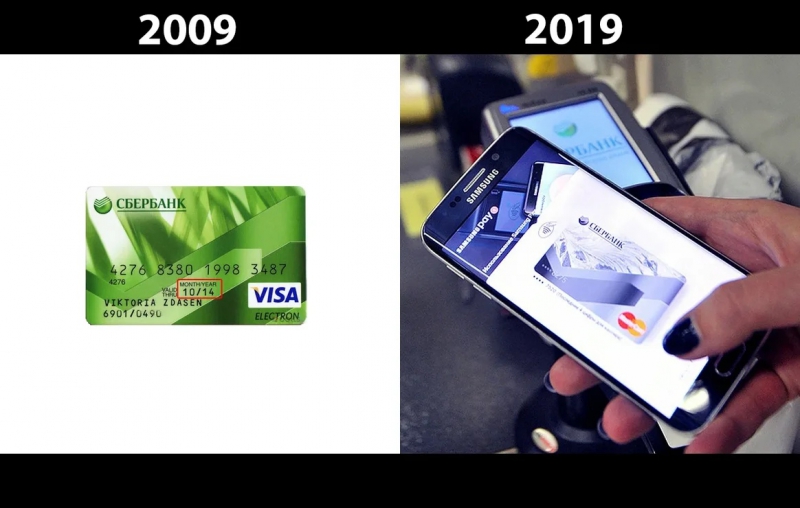
A mere ten years ago, not so many people in Russia used credit cards, which have undergone some changes since 2009, the main one being a magnetic stripe replaced with a microchip.
Contactless payment technologies, such as Samsung Pay and Apple Pay, are gaining wide acceptance, which means that the days of plastic cards are numbered. In some European countries, for example, in Spain, you can withdraw money from a cash machine without using a card. Apart from that, you can pay with your card via a mobile app, which is also very convenient.
AR/ VR/ MR

Denis Stolyarov, Chief Engineer at ITMO University’s Design and Multimedia Center, Head of the Video360Production project:
What we see today is the result of the emergence of the Oculus VR glasses in 2013. It was a real breakthrough in the industry. Before that, all VR devices were equipped with special helmets. Heavy, bulky and with lots of wires connected to a computer, these helmets were extremely uncomfortable and, thus, not very popular.
Ten years ago, no one would even think about mixed reality. That was something unbelievable, something people could only dream about. Now we have full-fledged VR helmets which work both on mobile (via smartphones) and stationary platforms (thanks to enhanced computational powers, from April 2019 such helmets will allow for wireless connection), and MR technologies are also gaining momentum.
Internet of Things
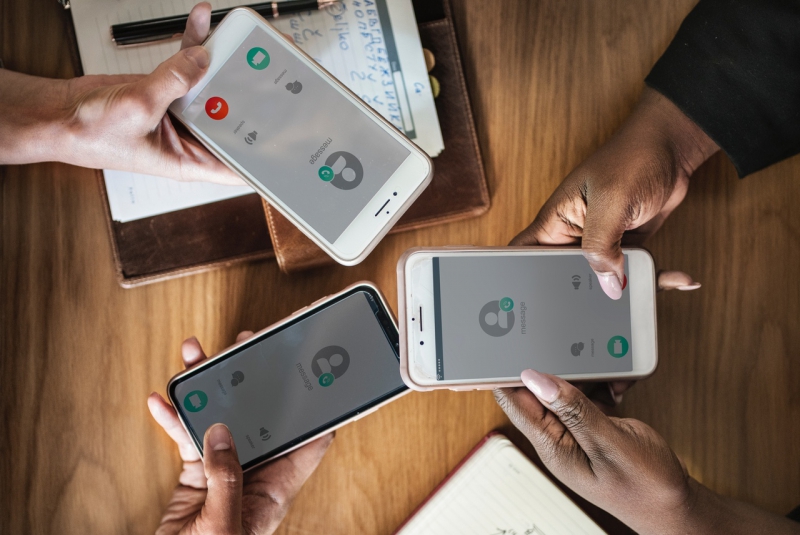
Dmitriy Muromtsev, Head of International Research Laboratory “Intellectual Methods of Information Processing and Semantic Technologies”:
Five trajectories that reflect the development of the IoT in the past ten years:
The essence of IoT: just a few years ago, the Internet of Things was a fancy term, there was no common definition of it, while now, there are standards, both Russian and international, that guide the development of this field.
Scale: already now, an average city dweller who uses the internet and mobile services, possesses one or several devices that use IoT technologies. Among the simplest examples are bands, watches, earrings, and medical devices; generally speaking, all devices that collect and process data about you and your surroundings, and then transmit this data to other devices or cloud-based platforms.
Infrastructure: this refers to the development of IoT infrastructure, that is, the creation of special types of data transmission channels.
Software: IoT is not only about devices, but also about special software for these devices. Though the majority of modern IoT software solutions are only suitable for one particular device, there are some more universal ones that are fit for several devices. For one, you can buy a coffee machine and download an app to control it or install a more sophisticated software that will allow you to control your coffee machine, fridge, TV and many other devices.
Intellectualization: the leading companies in the IoT market are currently presenting voice user interfaces, which were unbelievable some ten years ago.
Functional foods
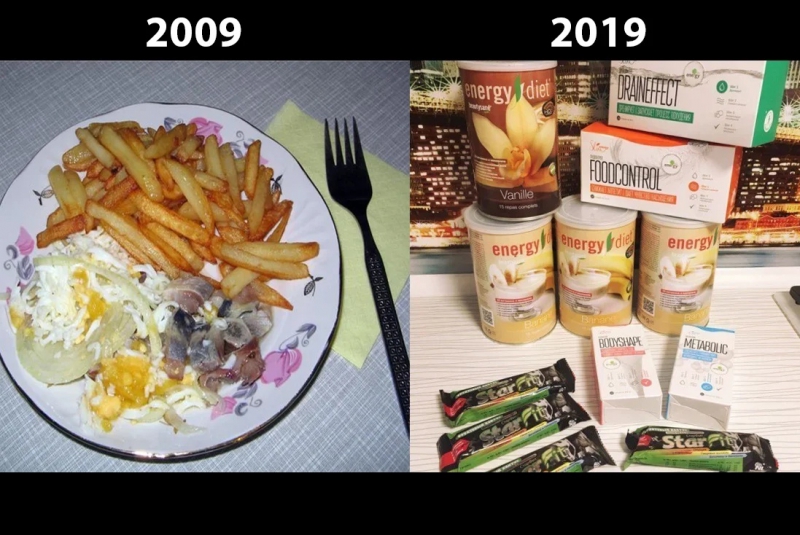
Artem Lepeshkin, co-founder of the FOYT startup:
While the functional foods market in Russia is now in its budding stage, in the US, functional products are sold in bulk; whether you are a vegetarian or vegan, you’ll definitely find something to your taste. Though our country has a lot to catch up with in terms of functional food, there still are plenty of eco-friendly shops and boutiques, where you can stock up on various oils, seeds, and other superfoods. Ten years ago, we didn’t have all that, but there were many options for diabetic patients, a wide choice of bodybuilding supplements, enteral nutrition for bedridden patients, and army ration packs. Now, ten years later, you can easily find gluten-, sugar-, and lactose-free products in your local supermarket, as well as plant protein powders, products rich in fiber, and so on.
Robotics
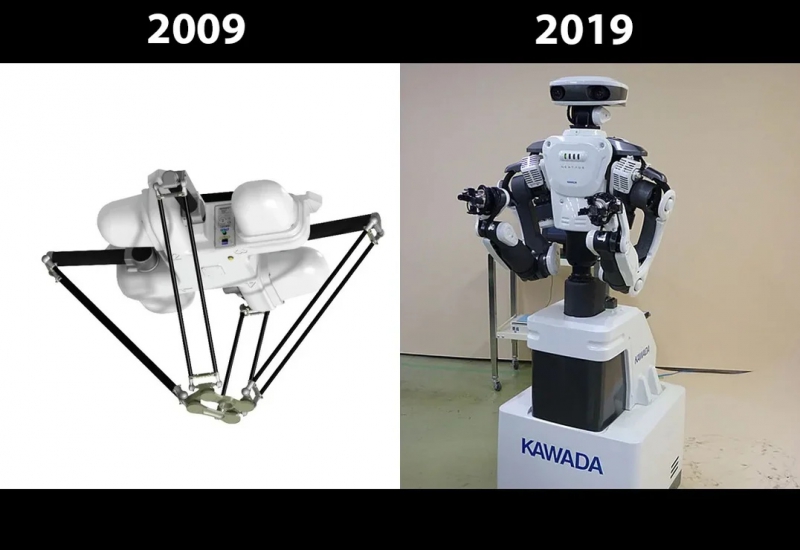
Even in 2009, robots were capable of doing lots of things and accomplished many significant breakthroughs in such fields as walking, automation, and dexterity, though still lacking in adaptability and capacity to think. Standing out in the industrial robots group were Nextage, a humanoid robot developed by Kawada, and Motoman SDA 10, an automaton that deftly moved its arms to solve one complex task after another. Like all robots, these surpassed humans in strength, stamina and reliability, but weren’t that great in adapting to changing conditions. At the end of 2019, the Adept Technology company claimed that its Quattro s650 robot was unbeatable in terms of the speed with which it packaged stuff. There even were robots working as chefs at a Japanese ramen joint. Fully automated, these chef-droids received customer orders and cooked them from start to finish. Here’s more on the best robots of 2009.
Ten years down the road, robots began to harness the power of artificial intelligence; they also became more compact and boosted their skills thanks to the more advanced control systems. Many predict 2019 to be the year of commercially available walking robots. A highlight of the CES 2018 conference, Aeolus Bot is one of the latter, being able to hand objects to people, vacuum the floors, and tidy the objects away, recognizing them by type, placing them where they belong and even guarding them if necessary.
This time period also saw the emergence of the first civilian robot, Sophia. After Sophia was activated in April 2015, it has accomplished a couple of public speeches, for example, on women’s rights, her citizenship and other topics. The chatty android came into the spotlight in October 2017, when it was granted a Saudi Arabia citizenship at a technical summit Future Investment Initiative (FII).
According to Sergey Kolyubin, Deputy Director of ITMO’s School of Computer Technologies and Control, many robotic solutions that we marvel at today were worked on already back then, in 2011, but in closed laboratories. For example, collaborative robots (robots intended to physically interact with humans in a shared workspace).
Anthropomorphic robots also saw impressive growth in the last decade. One of the most striking examples is Prof. Hiroshi Ishiguro’s humanoid robot, which looked exactly the same as the professor himself. The robot was designed to give lectures to students at the university when Prof. Ishiguro was sick or absent.
